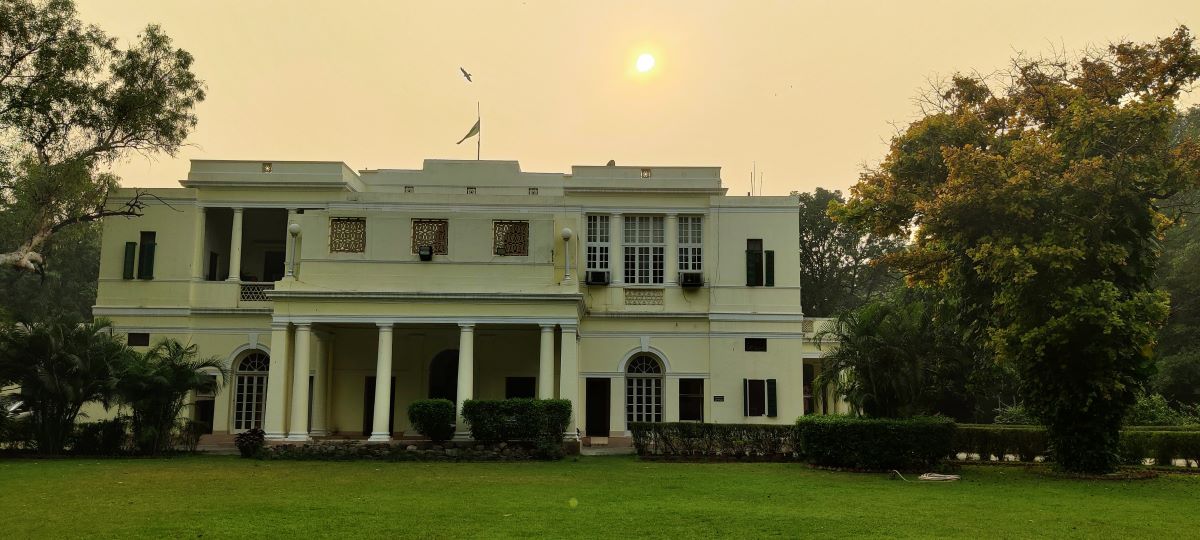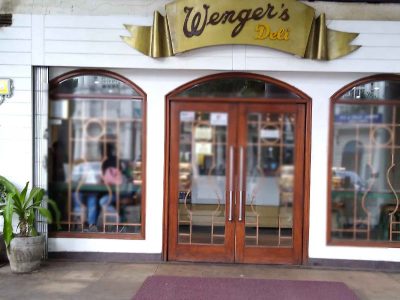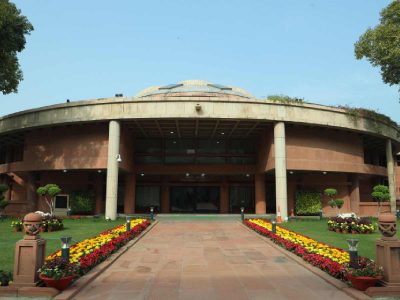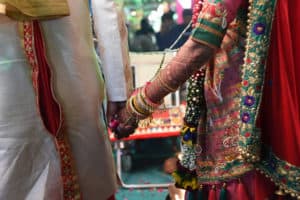Nestled between Thomas School and Valmiki Temple on Mandir Marg stands Garhwal Bhawan on Panchkuian Road — a cherished space for those from Uttarakhand. This year marks a significant milestone for the Garhwal Hiteshni Sabha (GHS), celebrating a century of its establishment.
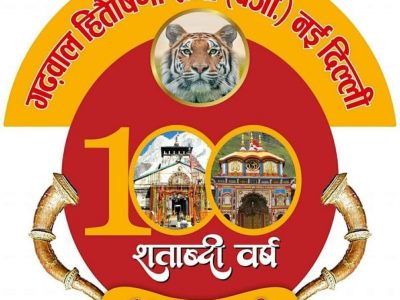
In 1923, the diaspora from the hill districts established Sarv Garhwal Hiteshni Sabha in Lahore and Quetta (now in Pakistan). “It is unfortunate that when historians discuss the partition of the country, they overlook the Garhwali refugees who migrated to Delhi and other parts of the country. Many were serving in the Indian Army in Quetta and Lahore and had established SGHS to foster interaction and organise gatherings in far-off places,” the late Madan Thapliyal, Director of Information at NDMC, always used to say.
Thapliyal recently passed away. It is said that during the massive earthquake in 1929 that shook Quetta, several Garhwalis lost their lives. Quetta, the largest city in the Pakistani province of Balochistan, nestled in a valley surrounded by mountains, would have appealed to Garhwalis for obvious reasons.
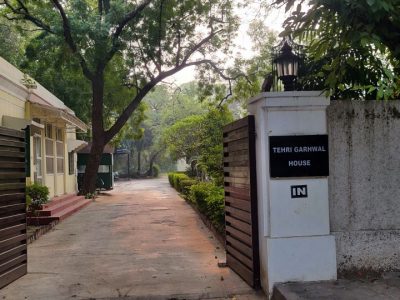
Consider the challenging and arduous journey that people from Tehri Garhwal, Pauri Garhwal, and other places had to undertake to reach Quetta and Lahore. It is said that they first had to travel to Delhi and then board the legendary Frontier Mail to reach their destinations. Environmentalist Sunder Lal Bahuguna once mentioned that during the formation of India in 1947, he was living near Lahore. “There were hundreds of Garhwalis working in present-day Punjab, Pakistan. Naturally, they all had to leave everything behind and move to Delhi, Shimla, and other cities,” recalls Sunil Negi, author, activist, and a senior member of GHS.
After partition, refugees with roots in Garhwal flocked to Delhi, joining the already substantial Garhwali population working mostly in government jobs. They formed GHS, registered in the capital in 1941 under the guidance of Govind Ram Chandola. The amalgamation of the uprooted members of Sarv Garhwal Hiteshni Sabha with the Delhi-based GHS significantly boosted the latter’s activities, said Ajay Bisht, the president of Garhwal Hiteshni Sabha.

The GHS acquired land for Garhwal Bhawan in Valmiki Colony on Panchuian Road in the early 1940s, thanks to the generous efforts of P Mason, an ICS officer who had previously served in Garhwal. However, the GHS had to vacate that land as Mahatma Gandhi began residing there in 1946.
Undeterred by this setback, the GHS persevered in their efforts to acquire new land, believing that with their own Bhawan in Delhi, they wouldn’t have to rely on others to organise meetings, as well as cultural and social functions. They focused on areas in and around Connaught Place, as a significant number of Garhwalis resided in Gole Market, Minto Road, Thomson Road, and Lodhi Road, said Sunil Negi.
After a long struggle, the GHS secured land to build Garhwal Bhawan in 1956, and on December 28, 1958, the erstwhile ruler of Tehri Garhwal, Manvendra Shah, laid the foundation stone of Garhwal Bhawan. It was a significant achievement for the GHS. Madan Thapliyal used to highlight that Garhwalis in Quetta were also attempting to build their Bhawan there, but due to the division of India, they could not fulfil their dream. However, the Garhwal Bhawan in Delhi became a realisation of their aspirations.
Melting Pot
Garhwal Bhawan serves as a melting pot for the Garhwali community in Delhi, where residents from Devbhoomi frequently gather. It hosts numerous functions every year. One unforgettable event was the screening of the Garhwali film “Thokdar” a couple of years ago, aimed at promoting the Garhwali dialect among the people of Uttarakhand in Delhi. The Garhwali community thronged Garhwal Bhawan to watch “Thokdar,” a hit in Dehradun and Rishikesh theatres.
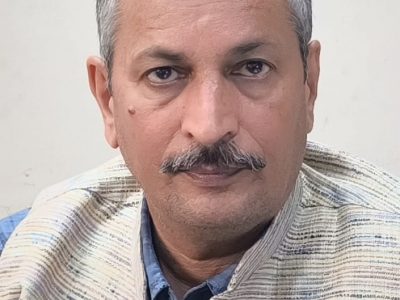
Moreover, when Uttarakhand faced massive landslides in 2013, Delhi and NCR-based Uttarakhandis gathered in large numbers at Garhwal Bhawan to extend their support.
Tehri Garhwal House
The community also finds refuge at the Tehri Garhwal House at 5, Bhagwan Das Road, the former residence of the Maharaja of Tehri Garhwal in Delhi, which remains in possession of the former princely family. Both Garhwal House and Tehri Garhwal House are distinct. While Garhwal Bhawan is open to all, Tehri Garhwal House belongs to the ruling family of Garhwal.
Coincidentally, Garhwal Heroes Football Club, another significant symbol of Uttarakhandis in Delhi, celebrates its 70th year of existence this year. The 2.5 million strong Uttarakhandis in Delhi emotionally connect with both Garhwal Bhawan and Garhwal Heroes equally.
Regarding the Garhwal Heroes football club, two selfless men, Kesar Singh Negi and Kedar Singh Bisht, residing in Netaji Nagar and Rouse Avenue on Minto Road, stood out. Apart from their Garhwali roots, football united them.
“They used to cycle to far-flung areas of Delhi to seek help from fellow Garhwalis to build the Garhwal Heroes Club,” said Rajinder Bisht, a retired Additional Secretary from the Union Government.
It’s noteworthy that his son, Sukhpal Singh Bisht, captained the BSF football team in the 1970s, winning prestigious championships. Under his leadership, BSF won the Durand and DCM championships. N Biren Singh, the current Chief Minister of Manipur, played under Sukhpal Singh in the BSF football team. Those familiar with Delhi’s football scene attest that when Garhwal Heroes play at the Ambedkar Stadium, Uttarakhandis flock there with friends and families, filling the stadium and cheering for their team.
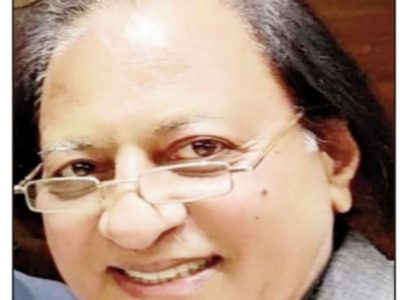
Garhwal Heroes have regularly participated in various championships across India. One of the most memorable moments was in 1986 when Garhwal Heroes were crowned champions of the senior division football league. Unfortunately, financial struggles plagued the club over the following fifteen years after this historic triumph.
However, the club got a fresh lease of life when it was taken over by BS Negi and MS Patwal in 2001, after which it saw a gradual resurgence. “Garhwal Heroes always receive strong community support. Like Garhwal Bhawan, the Garhwali community strongly identifies with it. We hope for better days ahead,” said Anil Negi, who is also associated with its management.

